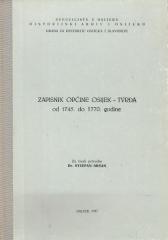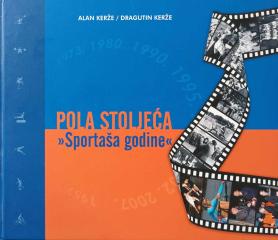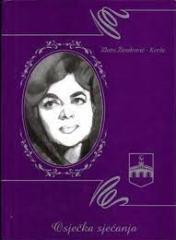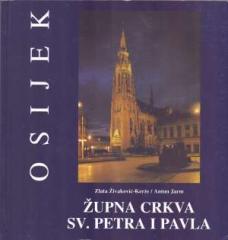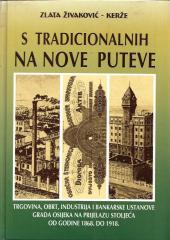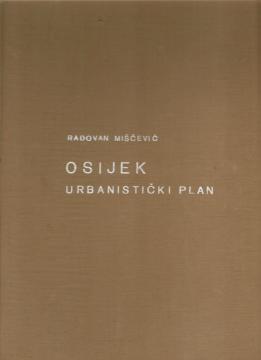
Osijek - urbanistički plan
Der von Radovan Miščević gemeinsam mit seinen Kollegen erstellte Stadtplan für Osijek aus dem Jahr 1965 ist einer der bedeutendsten Pläne in der Geschichte der Stadtentwicklung von Osijek.
Dieser Plan war eine Reaktion auf die Bedürfnisse der Stadtentwicklung der Stadt nach dem Krieg im Kontext der Industrialisierung und des Bevölkerungswachstums.
Der Plan zielte darauf ab, den städtischen Kern von Osijek mit seinen Randgebieten zu integrieren und so eine ausgewogene Entwicklung sicherzustellen. Besonderer Wert wird auf die Schaffung einer funktionsfähigen Stadt gelegt, die den modernen Bedürfnissen von Industrie, Wohnungsbau und öffentlichen Einrichtungen gerecht wird.
Vor allem im Bereich der damaligen Vorstädte war die Entwicklung neuer Wohnviertel geplant. Typisch für diese Zeit waren Mehrfamilienhäuser, was den damals modernistischen Trends in der Stadtplanung entsprach.
Radovan Miščević war für seine modernistischen Ansätze im Städtebau bekannt und der Plan für Osijek spiegelte die aktuellen Trends in der Stadtplanung in Jugoslawien wider. Die Betonung der Funktionalität, Integration und Erhaltung von Grünflächen passte in die umfassendere Vision der Stadtentwicklung dieser Zeit.
Obwohl der Plan von 1965 ehrgeizig war, ist sein Einfluss auf das heutige Erscheinungsbild von Osijek erheblich. Viele Elemente dieses Plans wurden in die weitere Stadtentwicklung integriert, insbesondere in die Gestaltung der Wohngebiete und des Verkehrsnetzes.
Bei der Erstellung und Umsetzung des Projekts entschied sich Miščević später zwischen dem funktionalistischen Modell der Stadt am Fluss und dem Fluss in der Stadt. „Ich habe mich entschieden“, betonte er in einem Gespräch, „für den Erhalt natürlicher Werte und deren Einbindung in die Innenstadt, für einen humanistisch-soziologischen und ökologischen Ansatz zur Gestaltung eines ganzheitlichen Stadt- und Naturraums.“ Ein solches Modell geht von der Einbeziehung herausragender historischer und kultureller Werte, einer großen Parkanlage, Promenaden am linken und rechten Ufer, dem völligen Ausschluss des Autoverkehrs und der Verbindung der Ufer durch eine Fußgängerbrücke aus, die bereits zu einem untrennbaren Bestandteil des Stadtbildes geworden ist Identität der Stadt“.
Nema primeraka u ponudi
Poslednji primerak je nedavno prodat.
